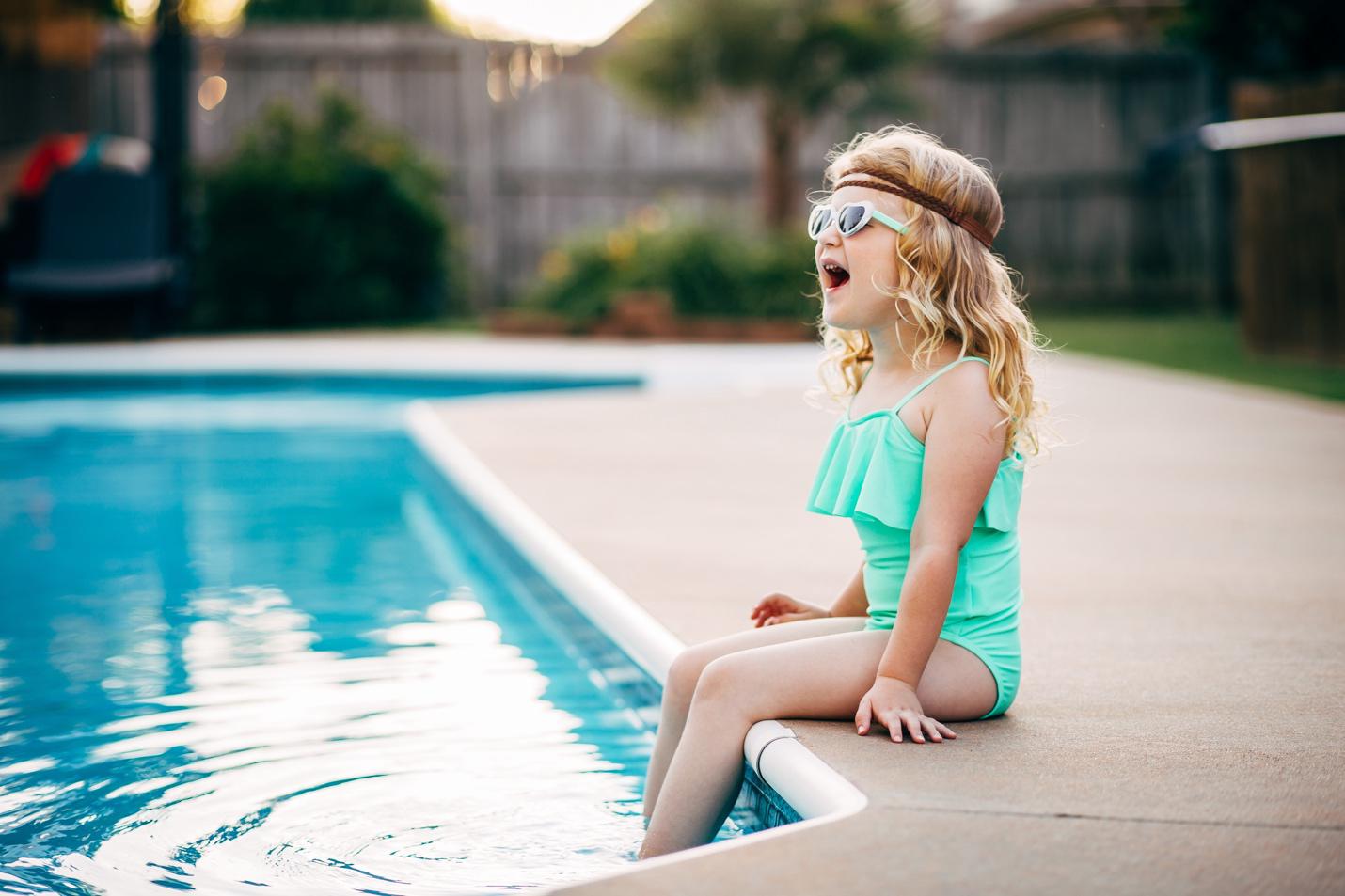
Pools offer a fun way to cool off, exercise, and relax. For many families, they are the centerpiece of summer. But beneath the surface of clear blue water, chemical reactions are taking place that are less visible and more concerning. The same substances used to keep water clean can also affect air quality and, in some cases, impact lung health, especially for children and individuals with pre-existing respiratory issues.
What’s in the Air Above the Water
Most pools rely on chlorine to disinfect the water. Chlorine reduces harmful bacteria and viruses, but when it interacts with organic matter such as sweat, saliva, or urine, it creates byproducts known as chloramines. These compounds do not remain in the water. Instead, they rise into the air directly above the pool, where swimmers inhale them repeatedly. The distinct scent often associated with a “clean” pool is not chlorine alone but airborne chloramines.
Chloramines can irritate the eyes, throat, and lungs. Research shows that continued exposure may worsen asthma symptoms, cause persistent coughing or wheezing, and in some instances, contribute to a condition referred to as lifeguard lung. This is a respiratory irritation similar to asthma, often reported by people who spend significant time near indoor pools.
Indoor Pools and Poor Ventilation
Ventilation is key to managing air quality around pools. Outdoor pools benefit from natural airflow, which helps disperse airborne irritants. Indoor pools, however, can trap chloramines in the air just above the water surface. Without an efficient ventilation system in place, that layer of air becomes highly concentrated with irritants. Children are especially susceptible because their lungs are still developing. Individuals with asthma or similar conditions may experience increased discomfort after spending time near these pools.
Reducing the Risks
Pool enjoyment does not have to come at the expense of respiratory health. Keeping chlorine levels balanced and ensuring regular water filtration are essential steps. Swimmers should shower before entering the pool to help minimize the organic materials that react with chlorine. For indoor facilities, proper airflow systems must be maintained, particularly those designed to circulate air just above the water.
Pool equipment also plays a role in safety. High-quality components such as a sealed PVC valve can help manage water flow and chemical levels, reducing the chances of chemical overuse and airborne buildup.
Swimming remains a favorite activity for families, providing both physical benefits and recreational joy. Being mindful of how pool chemicals interact with the surrounding air helps protect everyone who shares the water. With thoughtful maintenance and an eye on air quality, it is possible to enjoy poolside time while protecting lung health along the way. For more information, look over the accompanying resource.



























